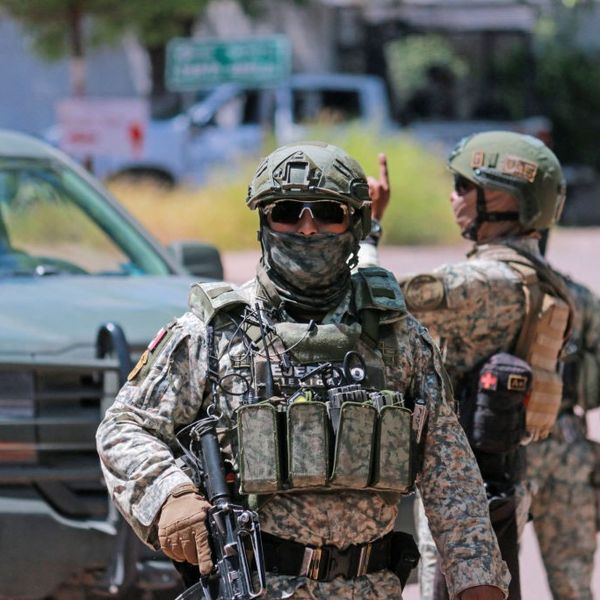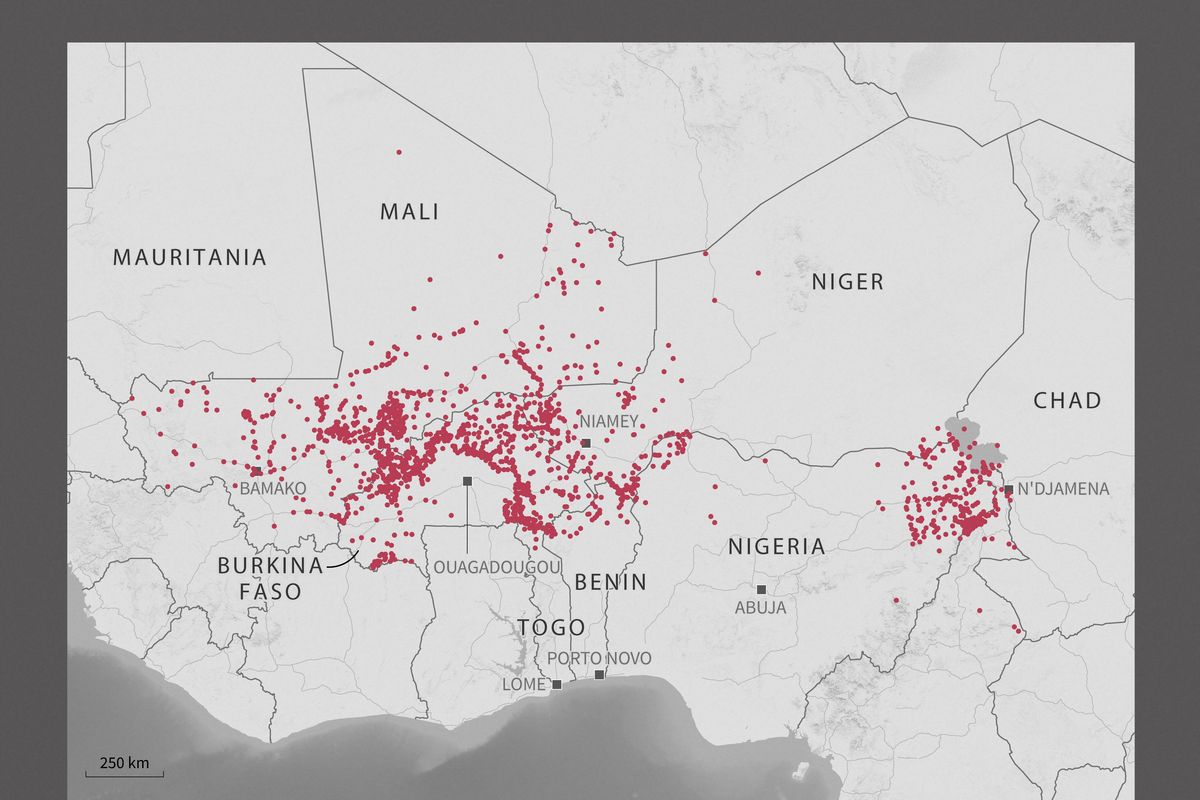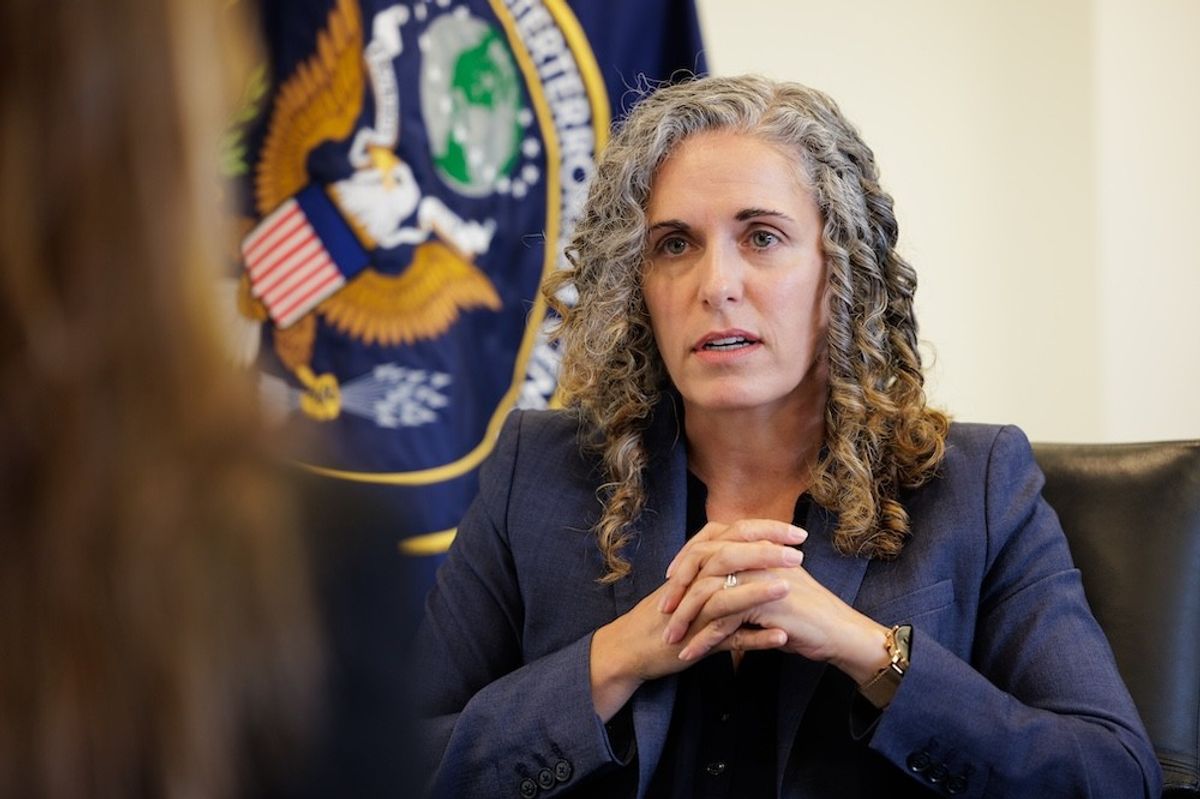Javed Ali is an associate professor of practice at the Gerald R. Ford School of Public Policy. Ali brings more than 20 years of professional experience in national security and intelligence issues in Washington, DC. He held positions in the Defense Intelligence Agency and the Department of Homeland Security before joining the Federal Bureau of Investigation.
OPINION – In the afterglow of the somber commemorations and ceremonies marking the twenty-year anniversary of the 9/11 attacks around the country and the recent decisions to end the US military mission in Afghanistan, questions remain about the overarching framework and guiding principles the United States will follow with respect to counterterrorism.
As a former counterterrorism analyst and professional who supported or worked in every administration from Clinton to Trump, I saw firsthand that each president and their team had different visions for what the counterterrorism focus of the country should be at the time, driven by the state of threats, national priorities, domestic politics, and US government resources and capabilities available to respond to or prevent attacks.
The decision to withdraw US troops from Afghanistan, the Taliban’s takeover of the country after a twenty-year absence from power, and the tragic events on the ground there—including the horrific attack at Kabul Airport which killed 13 US troops and almost 150 Afghans—underscores the perils of leaving that country. This is in part due to the presence of several terrorist groups, including ISIS-Khorasan, remnants of al-Qa’ida, and others less well-known to the American public but dangerous and capable in that local environment.
As the US and the West turn the page on Afghanistan as a key battleground on international terrorism, it’s important to remember that there are other countries where the US will have to make hard decisions about how to confront terrorist threats. A clearer picture of what this will look like during the Biden presidency could emerge in the coming months.
The Cipher Brief hosts private briefings with the world’s most experienced national and global security experts. Become a member today.
Since the 1980s, each administration has issued a national security strategy that is developed by the staff of the National Security Council, who consult with professionals in government and outside experts to develop a publicly released document that tells the American public which key threats (including terrorism) will earn the most amount of policy attention and resources to keep the country safe.
In addition, since 2001 there have been four public-facing national counterterrorism strategies (two by Bush in 2003 and 2006, one by Obama in 2011, and one by Trump in 2018). The Biden administration has not released a public national counterterrorism strategy, but in June it published the country’s first-ever national strategy on domestic terrorism, a welcome development given the rise in this threat in the United States the past several years, as evidenced by the brazen plot to kidnap Michigan Governor Gretchen Whitmer last year and the insurrection at the US Capitol on 6 January 2021.
Nevertheless, even without a public facing national strategy available to more clearly understand how the administration is thinking about counterterrorism, real-world events suggest there are several components that align to President Biden’s approach.
The first is that the era of counterterrorism as the country’s dominant national security priority is over, as that topic dominated how the US engaged in the world and shaped several steps we took inside the country, all in the name of preventing and responding to terrorist threats. The administration’s Interim National Security Guidance published this spring suggests the turn away from counterterrorism has already begun, since in its opening the President’s words say “the world is at an inflection point . . . global dynamics have shifted . . . [and] new crises demand our attention.” More focused language on terrorism and counterterrorism appears later in the document, but not as the principal issue, and policy decisions like the Afghanistan only seem to underscore the overall the realignment of American priorities.
Second, is that the United States will turn more towards traditional partners or more unconventional actors to carry a higher burden of counterterrorism responsibilities overseas, even if groups continue to remain active or even harbor anti-US intentions. This may result in relationships with the Taliban to ensure groups like al-Qai’da or ISIS-Khorasan do not or cannot launch attacks from Afghanistan, or to allow Iran and its proxy forces in Iraq and Syria to put pressure on ISIS elements there—despite the strained relationships between Washington and Tehran. Likewise, traditional allies like France are facing pressure to wind down a years-long counterterrorism campaign in North Africa against jihadist threats there, and many of the struggles they have faced mirror those the United States faced in Iraq and Afghanistan, despite their competitive advantages in understanding the region’s languages, complex tribal and ethnic makeups, and historical connections as a colonial power up until the 1960s. The old proverb of “politics makes strange bedfellows” may ring loud in the years to come on the counterterrorism front.
Go beyond the headlines with expert perspectives on today’s news with The Cipher Brief’s Daily Open-Source Podcast. Listen here or wherever you listen to podcasts.
Third, is that we are willing to acknowledge a higher level of risk about these threats, even if the combination of these first two aspects may create more permissive environments for terrorist groups to regroup and regenerate after years of heavy losses inflicted by the United States, other Western partners, and local allies. While a combination of several factors would have to develop to allow groups to generate sophisticated, mass-casualty attacks that resemble those on the scale of 9/11, the London attacks of 2005, or the Paris attacks of 2015 and Brussels attacks of 2016, the fact that both al-Qa’ida and ISIS continue to subscribe to competing visions of global jihadist ideology suggests their desire to attack the “far enemy” will remain—and if presented with opportunities and capabilities to carry out attacks, they will likewise try.
Read more expert-driven national security insights, perspective and analysis in The Cipher Brief














